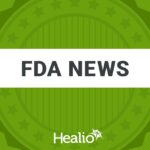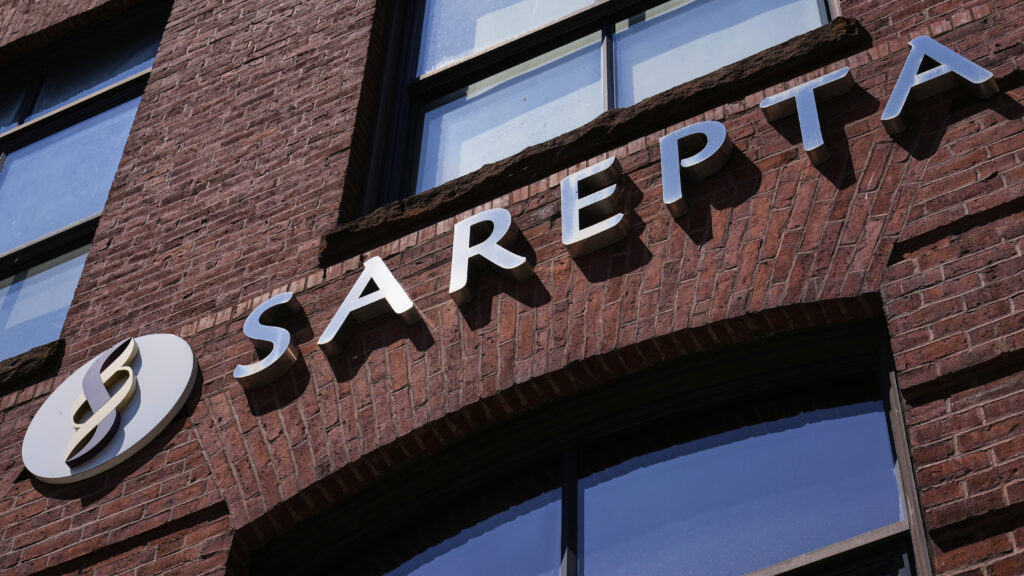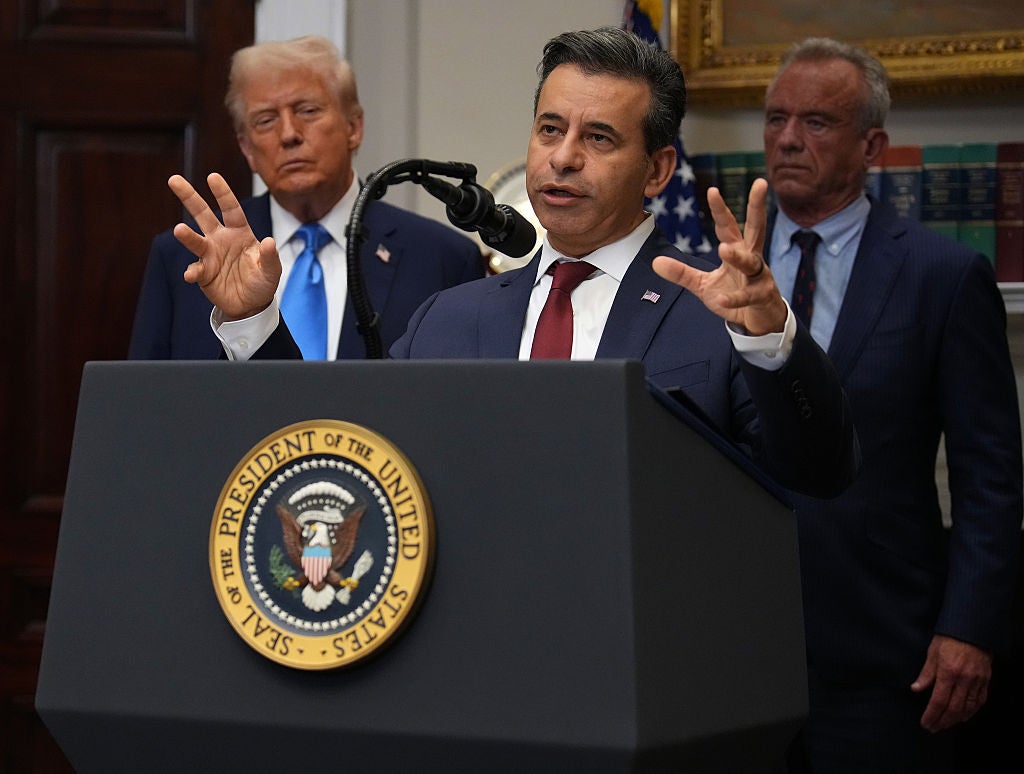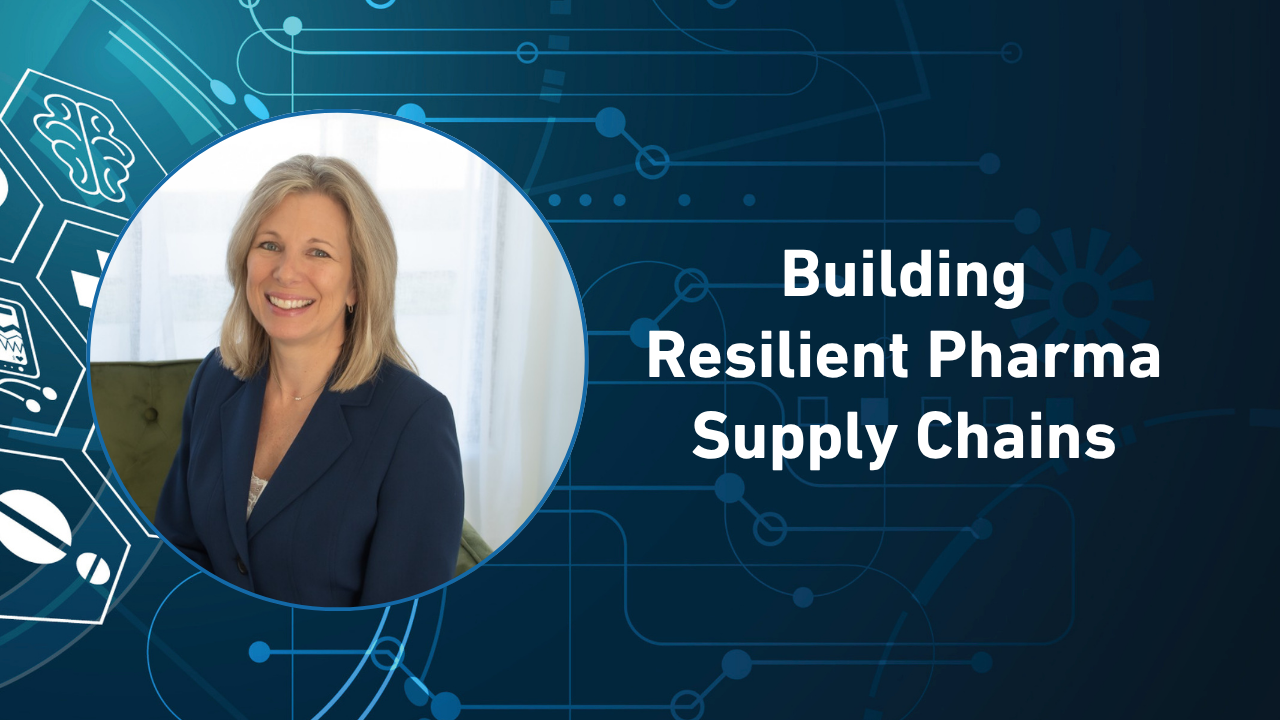President Trump’s
Even before these directives, manufacturers had already begun developing DTC programs: branded cash-based platforms that sell prescription medicines directly to patients, bypassing traditional “middlemen”. Manufacturers point to these programs as a way to improve patient experience and access to medicines by offering lower pricing when insurance coverage falls short.
However, launching DTC models is not a straightforward task. It requires navigating regulatory and licensing rules, especially those governing manufacturer relationships with consumers, prescribers and pharmacies. For this reason, despite the administration’s push for immediate action, the infrastructure needed for successful DTC programs cannot be built overnight.
At first glance, selling prescription drugs directly to patients may appear simple. However, in practice, it is a highly regulated activity that will likely require at least one pharmacy to dispense drugs. It will also, of course, require physicians and consumers to be aware of the availability of the DTC program. Manufacturers may also wish to make consumers aware (e.g., via the dedicated DTC program website) of providers with the appropriate specialty to assess whether the product should be prescribed, including, where appropriate, telemedicine providers.
Manufacturers will also need to determine whether to make their DTC program prices available broadly across pharmacies or only available through certain partner pharmacies. Manufacturers may also consider whether to develop their own pharmacy. These decisions will likely depend on the nature of the products (e.g., specialty), anticipated volume, and the need for the manufacturer to be closely involved in controlling the customer experience.
Manufacturer-owned or controlled pharmacies can take many different forms.Direct ownership of a dispensing pharmacy is less common and needs to be reviewed carefully under health regulatory laws that protect the independence of the pharmacy and pharmacist. For this reason, the pharmacy would likely be owned by an affiliate rather than the manufacturer itself and certain “guardrails” would need to be put in place to maintain separation.Other options could be establishing a central fill pharmacy that distributes drug product to dispensing pharmacies under a “shared services” arrangement or a non-dispensing pharmacy that does not handle drug product at all.One advantage of a non-dispensing pharmacy is that it could avoid the need to obtain pharmacy licenses in all 50 states.
Every state regulates the practice of pharmacy within its borders, regardless of where the pharmacy is physically located. This means a pharmacy must hold a resident license in its home state and obtain nonresident licenses in every state where it ships prescriptions. These licenses involve detailed applications, fees, and sometimes inspections.
Since establishing a new pharmacy that will be able to ship to all 50 states is a significant, time-consuming endeavor, one of the early decisions manufacturers must make is to what extent it will use outside pharmacies versus using a manufacturer-owned or affiliated pharmacy. Making the DTC program available at third-party pharmacies (whether broadly or with a select number of pharmacy partners) that can cover all states is generally the fastest way to launch. Manufacturers that desire to develop a dedicated pharmacy will need to decide whether to build a pharmacy de novo or via acquisition. Each option has its own advantages and disadvantages.
- De Novo Pharmacy: Building a new pharmacy allows a company to design the pharmacy’s infrastructure, technology systems, and compliance processes to fit its business model from day one. Building a pharmacy also provides greater flexibility in choosing a strategic location for that manufacturer. However, such de novo builds require securing appropriate real estate that meets pharmacy inspection standards set by state boards, which often go beyond basic occupancy approvals, covering requirements such as hot and cold running water, secure storage for controlled substances, and designated compounding areas. Construction delays may result in licensure and operationalization delays. In addition, the pharmacy must hire and train all staff and navigate licensure processes with every state board of pharmacy.
- Pharmacy Acquisition: Alternatively, a manufacturer could acquire an existing pharmacy that already holds licenses in all 50 states and has successfully navigated the hurdles of inspections and staffing. This approach offers immediate operational readiness, avoiding uncertainties that come with de novo build. However, in addition to the usual diligence and negotiation of purchase agreements that occur with all corporate acquisitions, a pharmacy acquisition triggers complex change of ownership (CHOW) requirements. In some states, a CHOW requires advance notice to the board of pharmacy. In other states, a new application must be filed and a new license must be obtained before operations can continue. If there is a gap in licensure, the pharmacy is legally prohibited from dispensing until the applicable license is obtained.
In addition to state boards of pharmacy licensing requirements, there are myriad other health care laws and regulations implicated by DTC programs. In particular, manufacturer relationships with prescribers, pharmacists, and consumers need to be carefully reviewed for compliance with Federal and state fraud and abuse, privacy, and consumer protection laws and regulations.
In general, such laws and regulations require a significant degree of separation between manufacturers and providers (including both prescribers and pharmacists) to prevent interference with the provider’s independent decision making. Any manufacturer influence over prescribing, counseling, or dispensing decisions could trigger enforcement risk. Any patient data flowing from pharmacy to manufacturer must comply with HIPAA and state privacy requirements. Patient outreach conducted by manufacturers needs to be reviewed for compliance under Telephone Consumer Protection Act requirements.
In addition, state laws and regulations should be reviewed for any requirements specifically applicable to manufacturer-owned or controlled pharmacies. For example, an Arkansas law prohibits pharmacies owned by pharmacy benefit managers, drug manufacturers, and wholesalers from requiring patients to receive their drugs through home delivery services.
Finally, the Valeant-Philidor Rx saga offers a cautionary tale of the risks of a manufacturer having too much influence over a pharmacy. In the mid-2010s, Philidor Rx Services, a specialty pharmacy that appeared independent but was allegedly heavily influenced by Valeant Pharmaceuticals, lost its pharmacy licensure and was removed from participating pharmacy networks, and Valeant became the subject of securities fraud and anti-kickback allegations, and faced additional fallout.
The momentum toward DTC is undeniable. Multiple manufacturers have already launched programs offering discounted cash prices directly to patients, and the White House has
However, as these models expand, the onus will be on manufacturers to ensure they comply with the full array of pharmacy, telemedicine, fraud and abuse, and privacy regulations that govern patient access to medicines.










